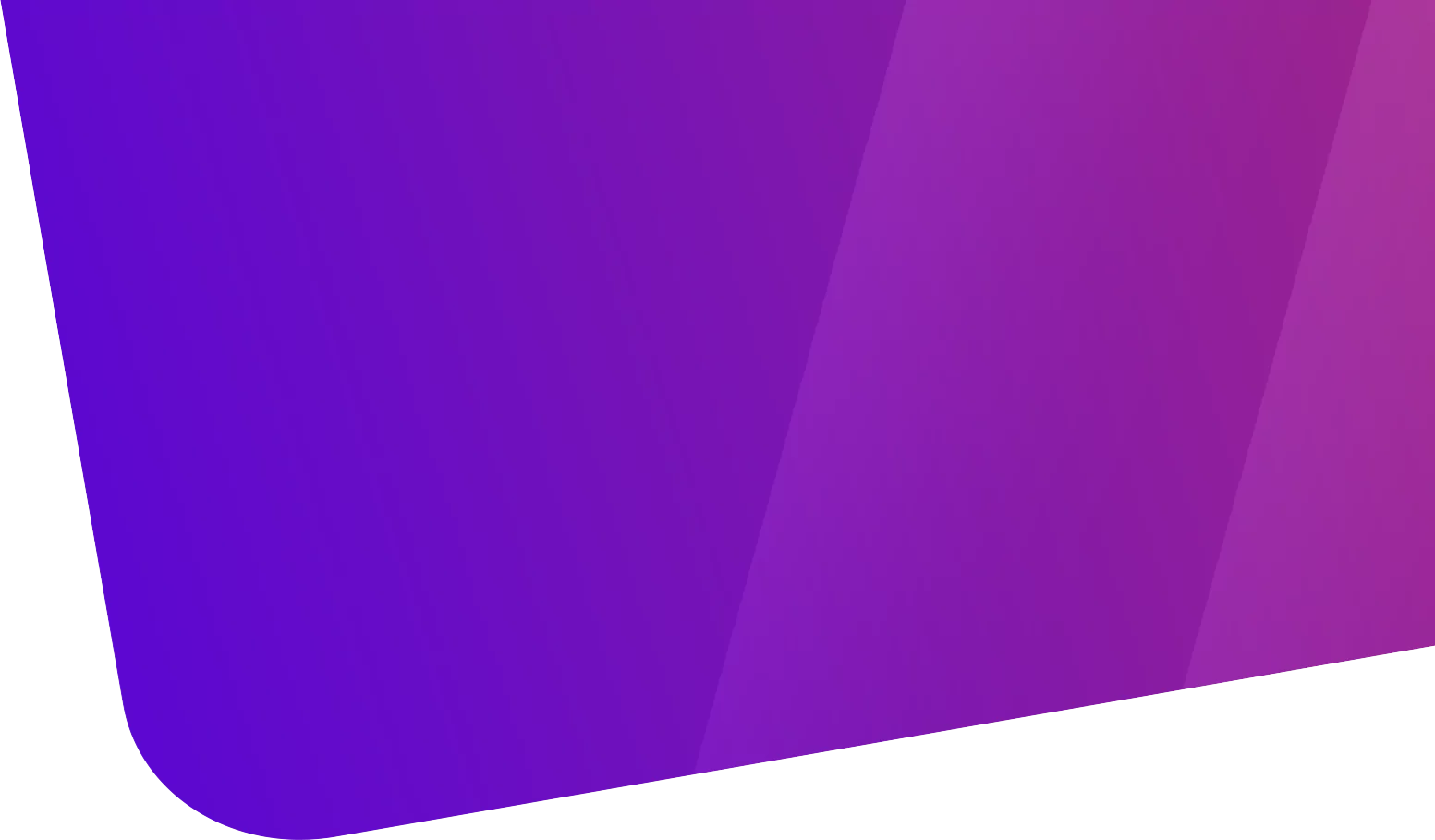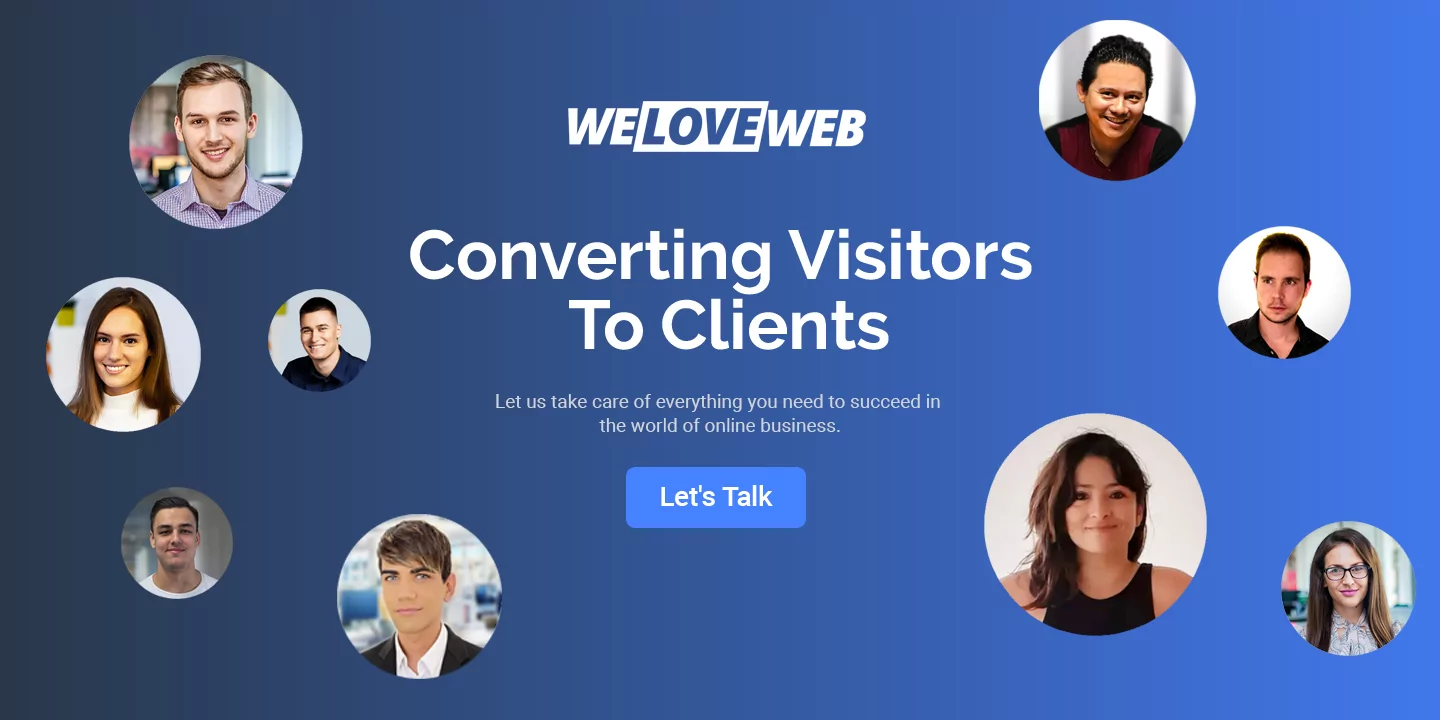Copyleft is a revolutionary concept in the world of copyright that promotes the freedom to share, modify and use content without restrictions. In contrast to traditional copyright, which restricts the use of content, copyleft allows content to be freely distributed and modified. In this article, we will explore what copyleft is, what it is used for and some examples of its application in the world of technology and culture.
What is copyleft
Copyleft is a type of copyright license that allows users to copy, distribute, modify and use content without restrictions. Rather than restricting the use of content, copyleft promotes the freedom to share and use content creatively and collaboratively.
Copyleft originated in the 1980s as a response to traditional copyright. Instead of protecting content for the exclusive benefit of the author, copyleft allows content to be shared and modified by others. This encourages creativity and collaboration in the user community, and allows content to be improved and adapted for use in different contexts.
What copyleft is used for
Copyleft is used to promote the freedom to share and use content without restrictions. By allowing content to be shared and modified by others, copyleft encourages creativity and collaboration in the user community. Some of the most common uses of copyleft include:
Free software
Copyleft is used in the development of free and open source software. This allows software to be shared and modified by others, which fosters creativity and collaboration in the developer community.
Educational content
Copyleft is used in the creation of educational content, such as textbooks and teaching resources. By allowing content to be shared and modified by others, copyleft encourages creativity and collaboration in the educational community.
Free culture
Copyleft is used in the creation of free culture, such as music, art and film. By allowing content to be shared and modified by others, copyleft encourages creativity and collaboration in the community of artists and creators.
Examples of copyleft
Below are some examples of how copyleft can be applied in different contexts.
Free software licenses
One of the best known applications of copyleft is in the creation of free software. Free software licenses, such as the GNU General Public License (GPL), use copyleft to ensure that the software can be freely used and modified by other developers.
Wikipedia
Wikipedia is an online encyclopedia that uses a copyleft license to allow users to share and modify content. This has allowed Wikipedia to become one of the most popular and accessible sources of information on the web.
Creative Commons
Creative Commons is a non-profit organization that promotes creativity and innovation by allowing creators to share their work freely and openly. Using copyleft licenses, Creative Commons allows creators to grant certain rights to users while maintaining control over their work.
Linux
The Linux operating system is an example of how copyleft has enabled collaboration and development in the free software community. By allowing users to modify and distribute Linux source code freely, copyleft has encouraged creativity and innovation in the software development community.
Conclusion
Copyleft is a powerful tool to promote the freedom to share, modify and use content without restrictions. In contrast to traditional copyright, which restricts the use of content, copyleft allows content to be freely distributed and modified. By allowing users to share and modify content, copyleft encourages creativity and collaboration in the user community.
Copyleft is used in a variety of contexts, from free software to free culture and educational content. By allowing content to be freely used and modified by others, copyleft has allowed creativity and innovation to flourish in the user community.
However, it is important to keep in mind that copyleft can also have its disadvantages. By allowing content to be used and modified freely, copyleft can make copyright protection and content monetization more difficult. For this reason, it is important for content creators to carefully consider how they use copyleft and ensure that their content is properly protected and monetized.
In short, copyleft is a powerful tool to promote the freedom to share, modify and use content without restrictions. By allowing users to share and modify content, copyleft encourages creativity and collaboration in the user community. At the same time, it is important for content creators to carefully consider how they use copyleft and ensure that their content is properly protected and monetized.


